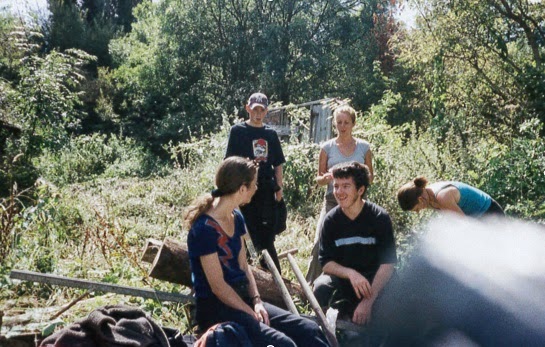- The oak rooms of the Red Lodge from the late sixteenth century
So far, the only one of these that I haven't shared with you is the Red Lodge, so it seems time to put that right!
The Red Lodge was built around 1580 by Sir John Younge and was actually a smaller estate building behind the Great House, which has since been demolished. If the Lodge had this kind of woodcarving in it, what must the carving in the main house have looked like?
Only three of the rooms from Elizabethan times have survived, with the others being remodelled and altered around 1730. The largest of these, known as the 'Great Oak Room' is the only 16th century panelled room to survive in Bristol and is one of the finest in the West Country, with not only the original oak panelling but also ornate plasterwork on the ceiling and a large carved Bath stone fireplace.
Most of the designs carved into the oak would have come from pattern books. There are bands of different carving ornamentation covering the lower areas of the oak panelling.
Some of the finest carving is around the two doors leading into the room from the main landing.
Some of the motifs carved above the doors obviously refer to the lands to the West recently discovered by Europeans; America.
The door towards the adjoining anteroom and chamber has this curious grotesque face over it, the only one of this design in the room:
The fireplace also has faces carved around it.
The plasterwork on the ceiling is also covered in stunning designs, with points hanging down.
The furniture around the room isn't from the original house, but dates to the mid-seventeenth century: about the same time that the room was in its original use. All the pieces belong to Bristol Museum. Some were definitely by or for Bristolians, judging by the inscriptions:
There is also a bed in the adjoining oak-panelled bedroom, which dates to about 1600 and has still traces of the original painted decoration.
My favourite piece is probably this one; a high backed chair, the backrest of which folds down to become a gaming table with a handy drawer.


The opening times for the Red Lodge can be found by following this link to the Bristol council page. I hope that you have enjoyed this glimpse of it.


The opening times for the Red Lodge can be found by following this link to the Bristol council page. I hope that you have enjoyed this glimpse of it.

















































